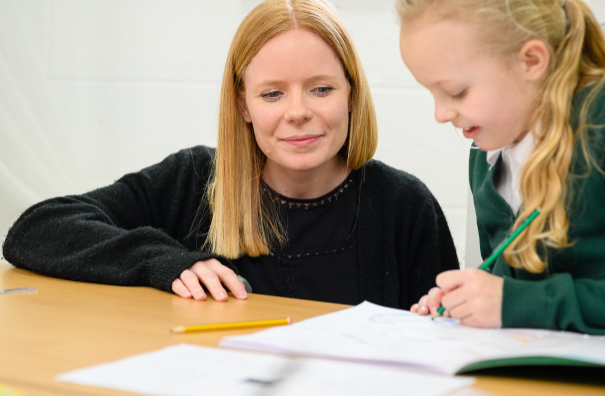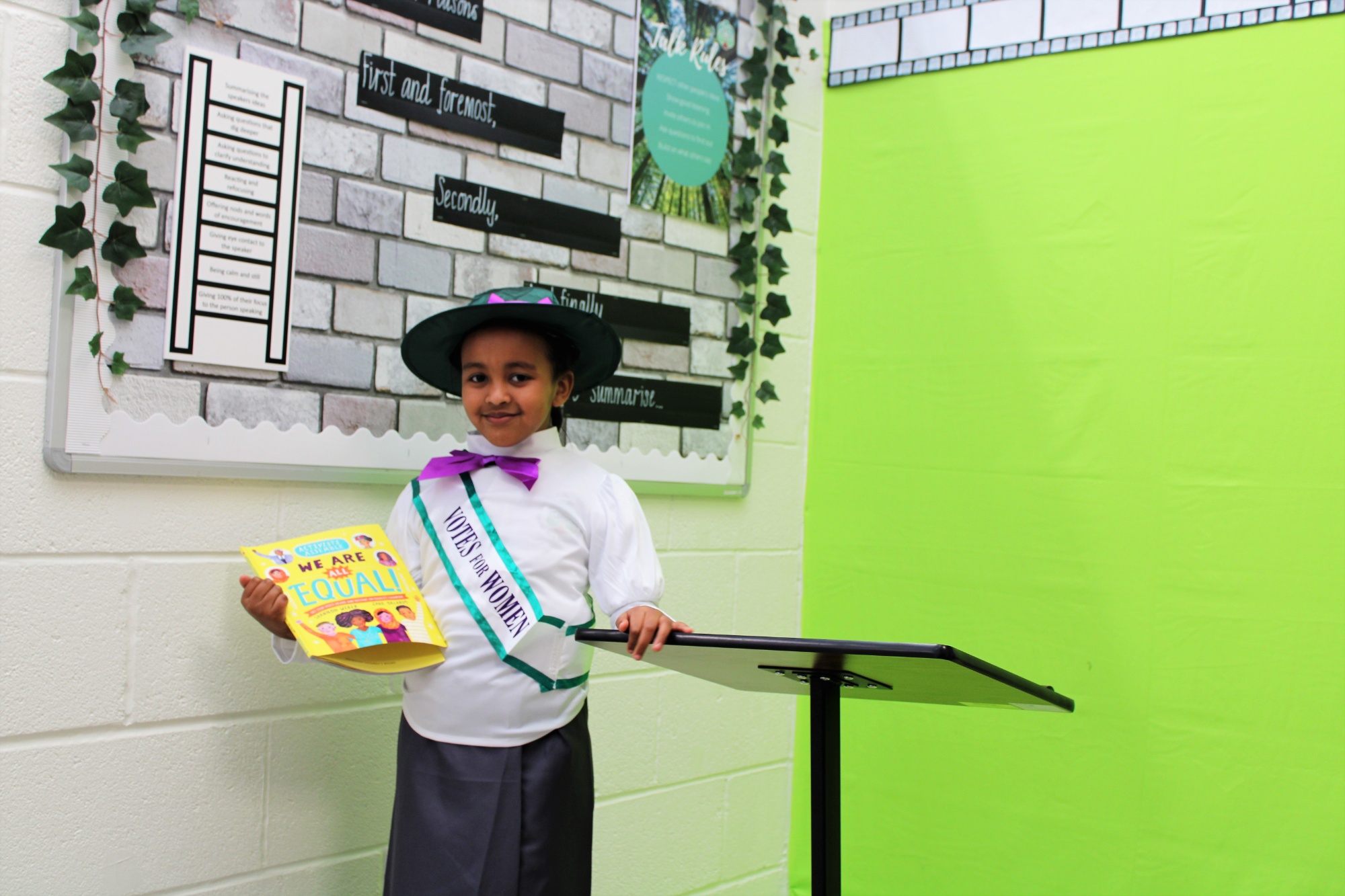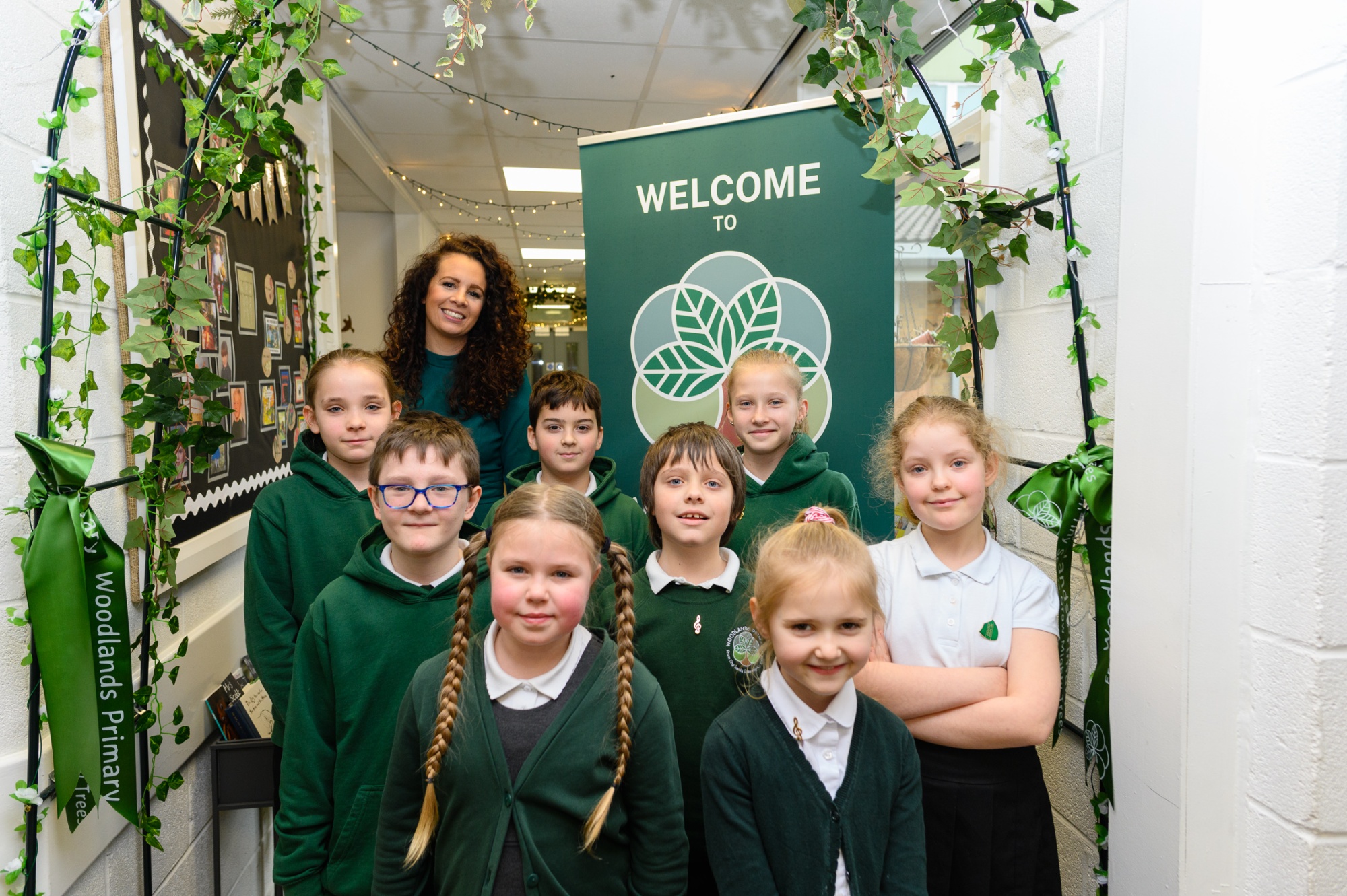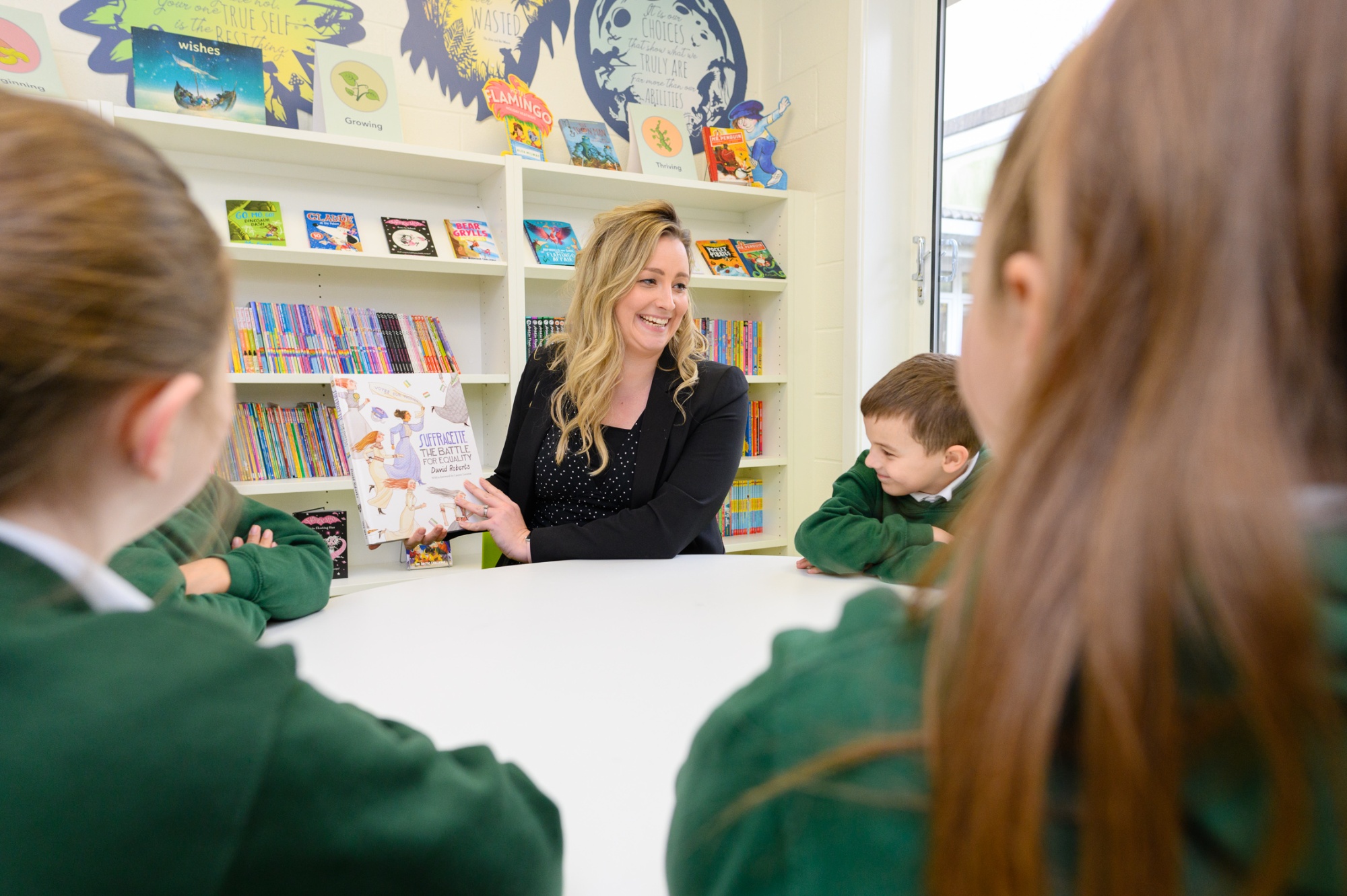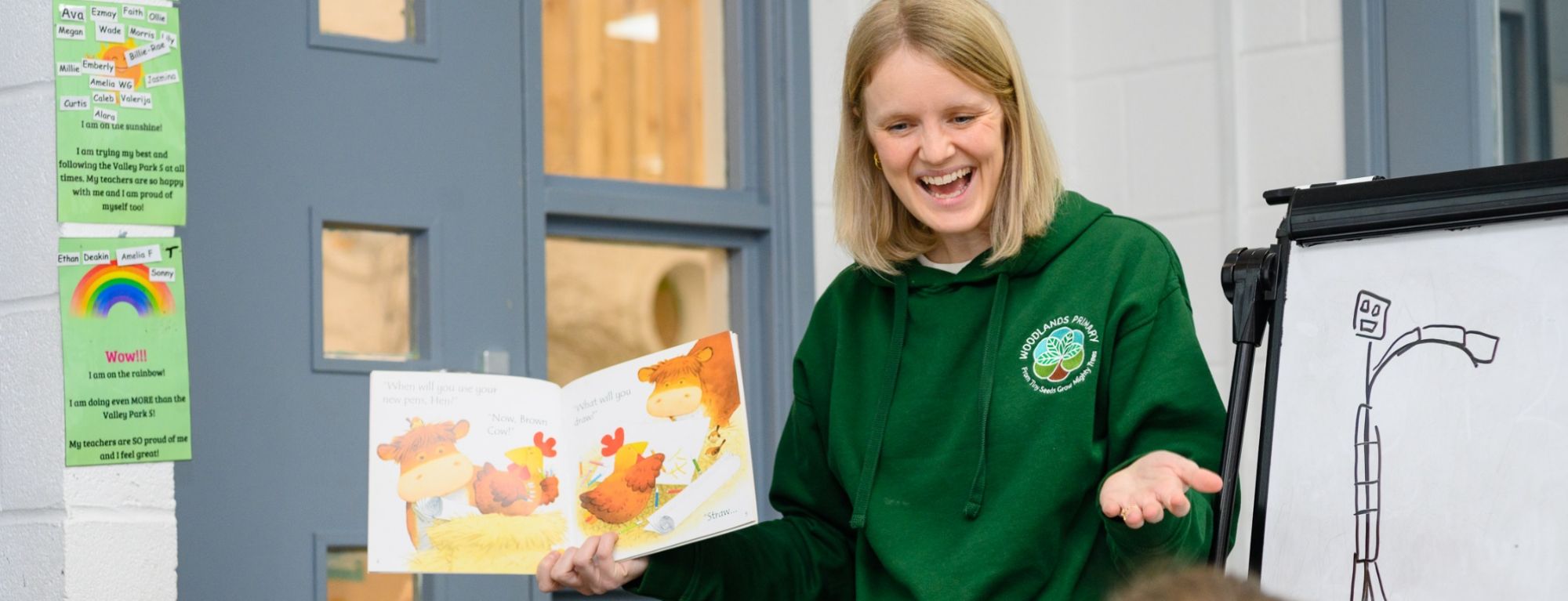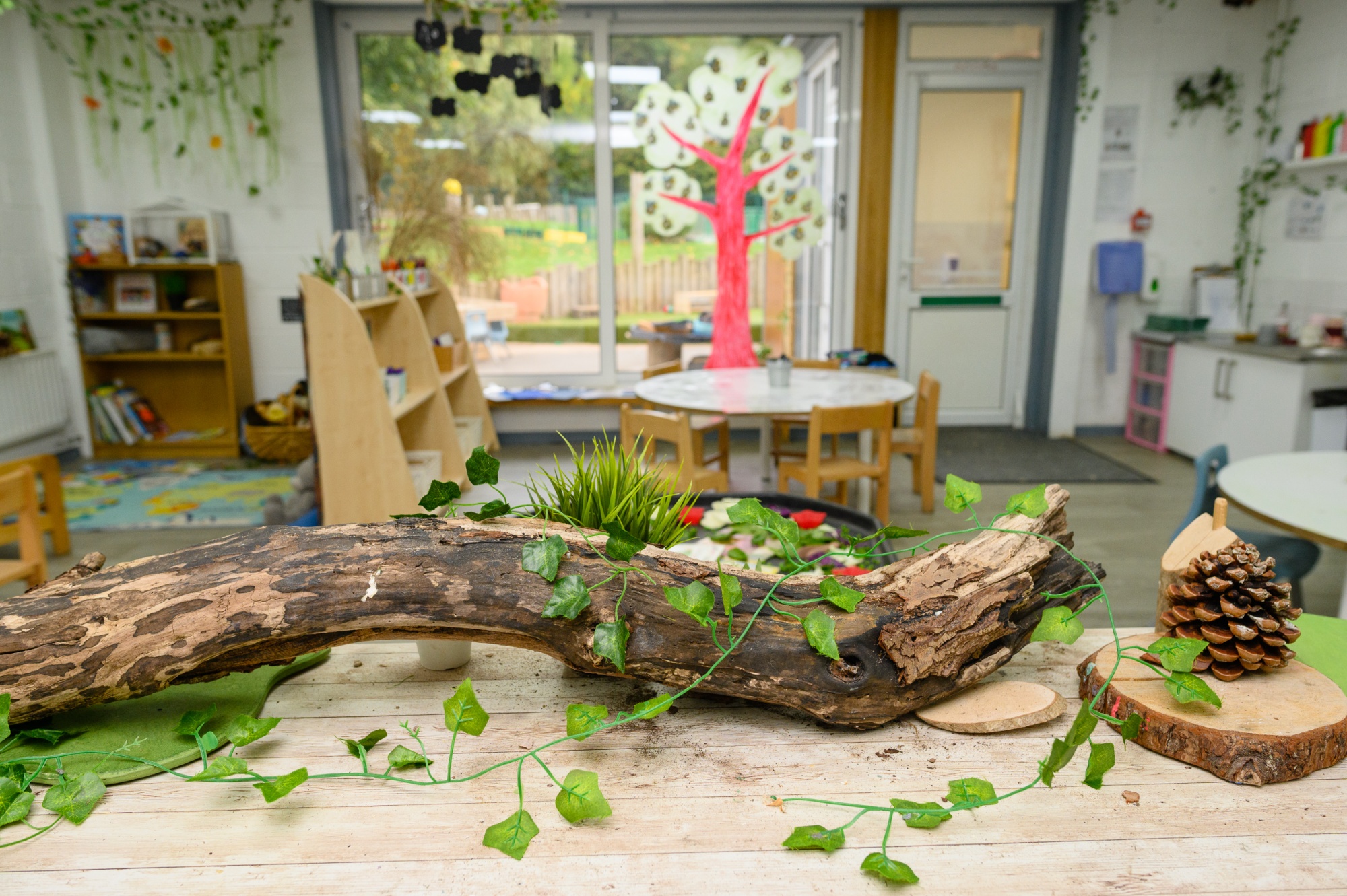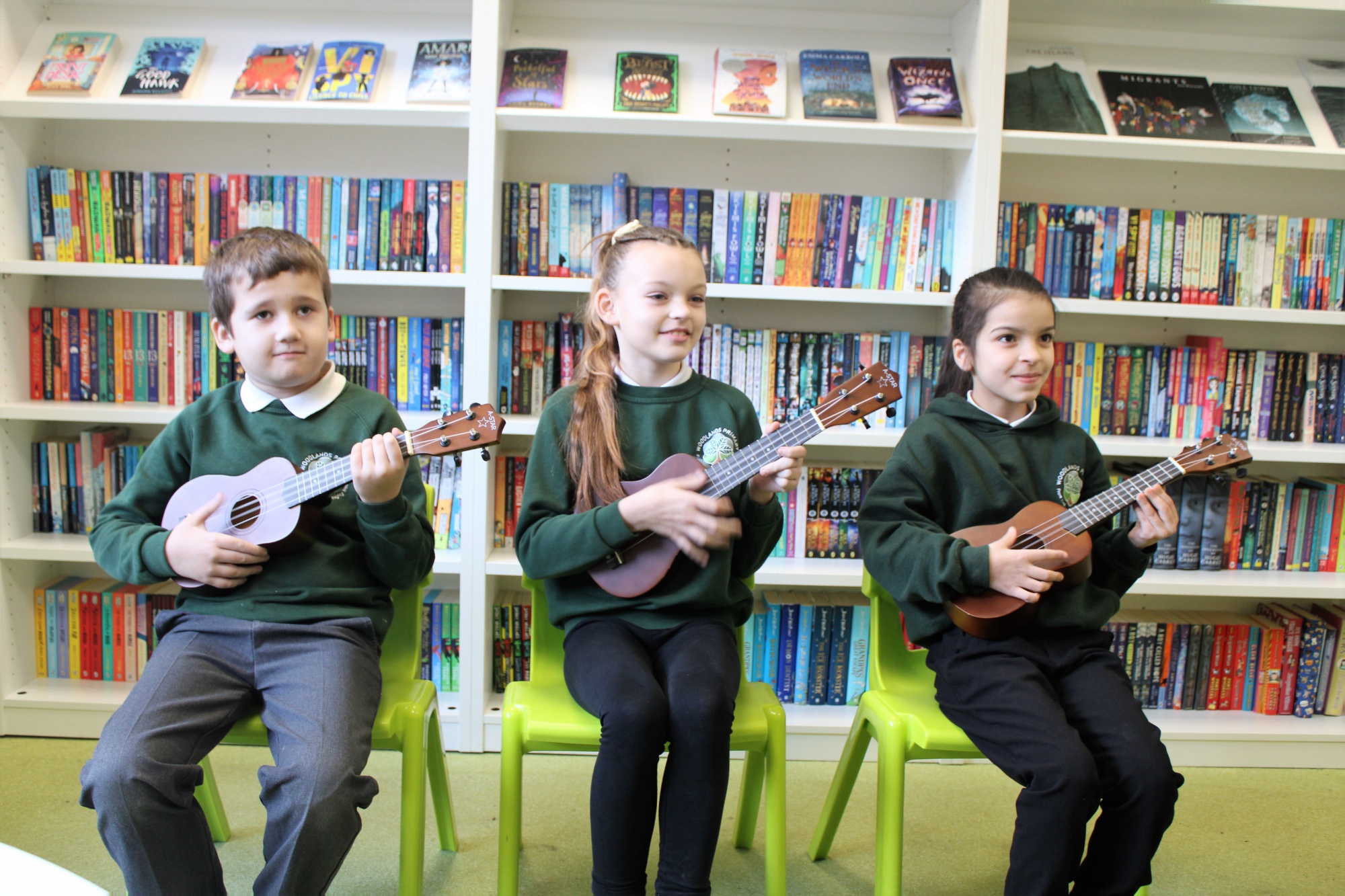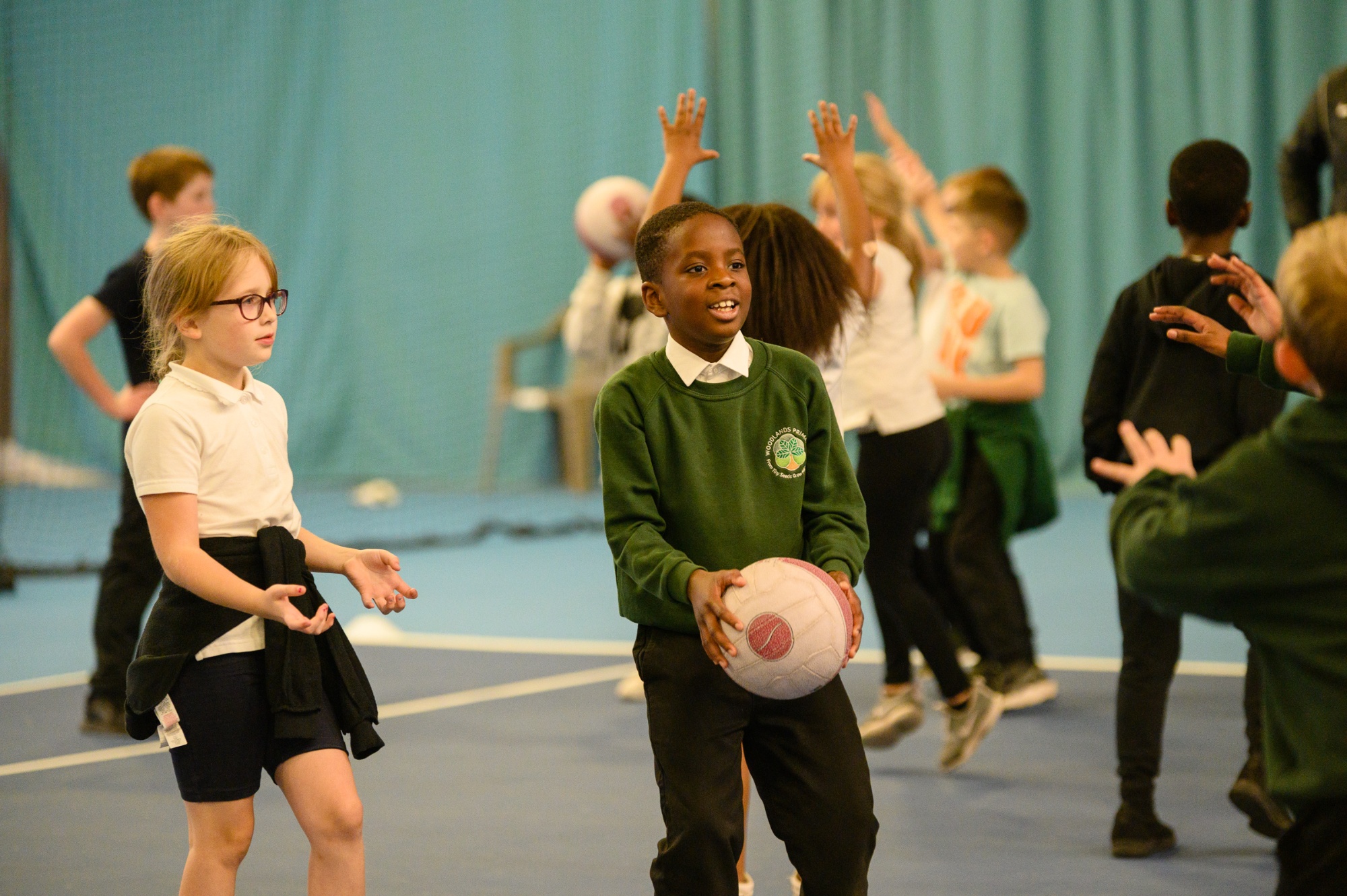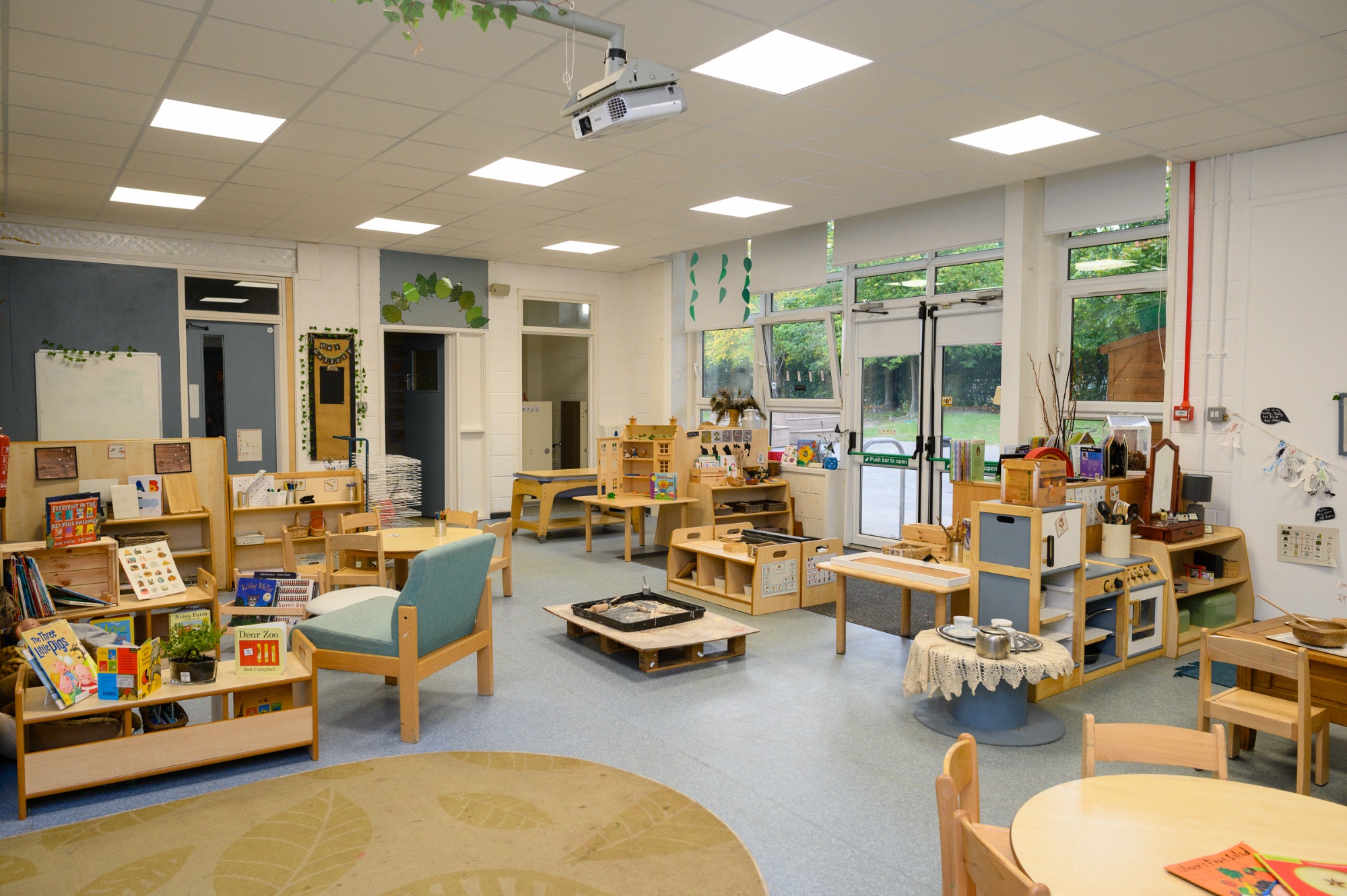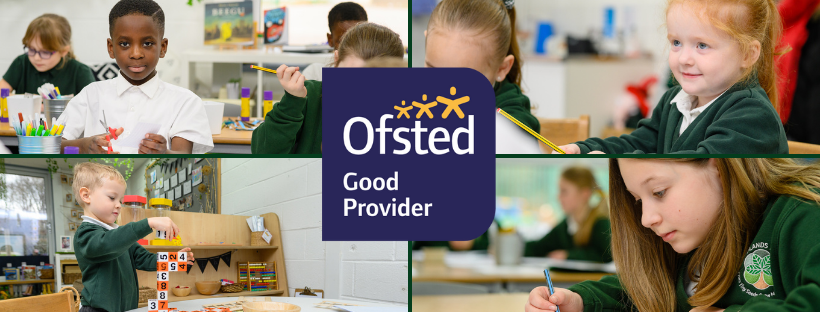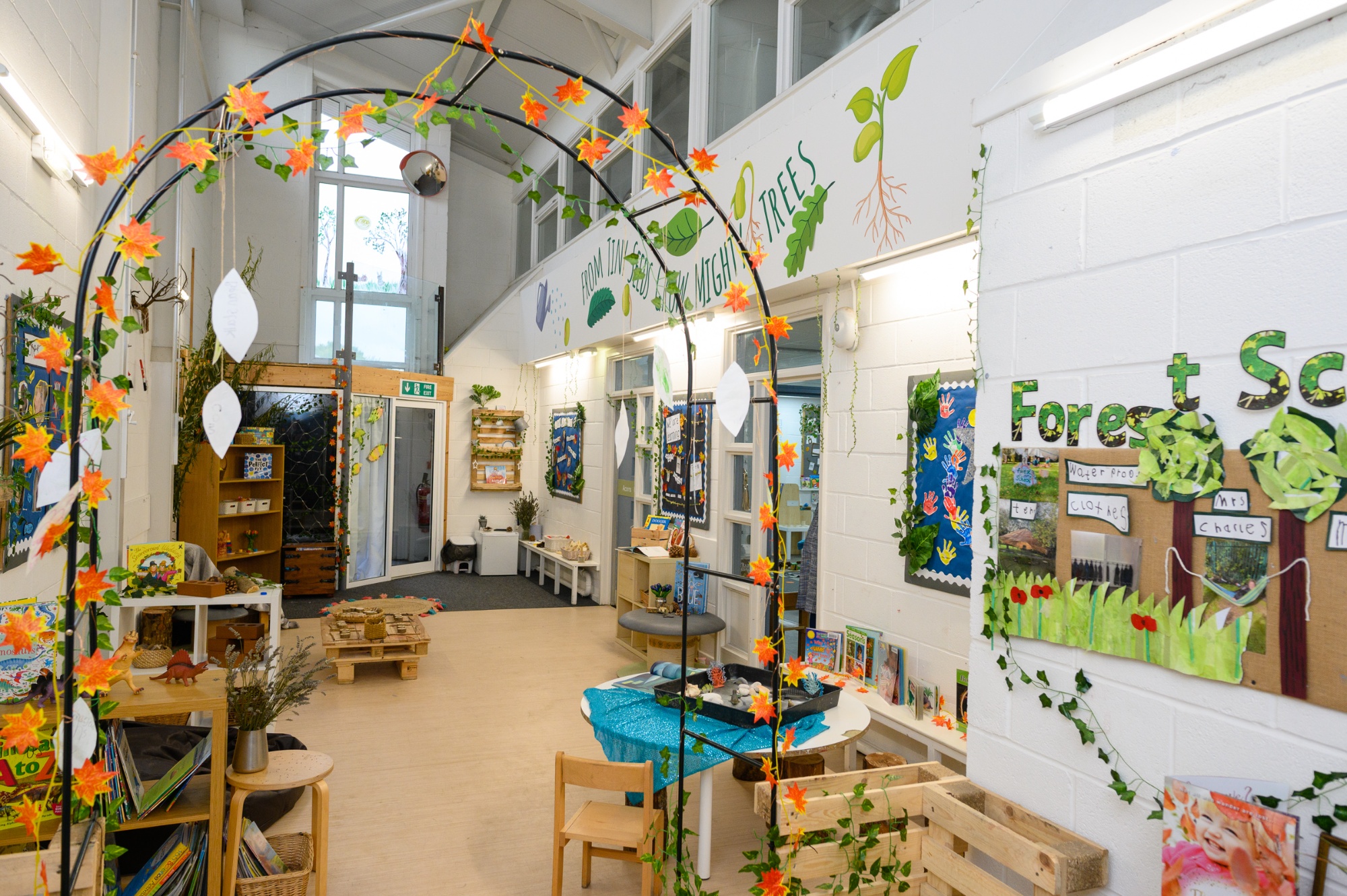Writing

We want our children to be imaginative and skilled writers who enjoy the writing process and are curious about vocabulary, grammar and language.

Through their insatiable appetite for reading widely, we want them to have internalised rich writing patterns which they can draw upon to write independently and creatively.
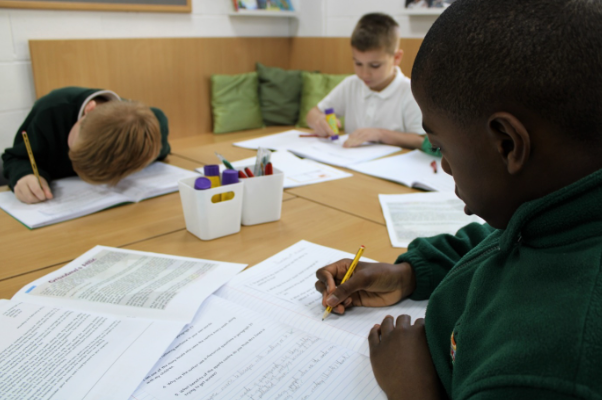
Spellings

Read Write Inc Spelling
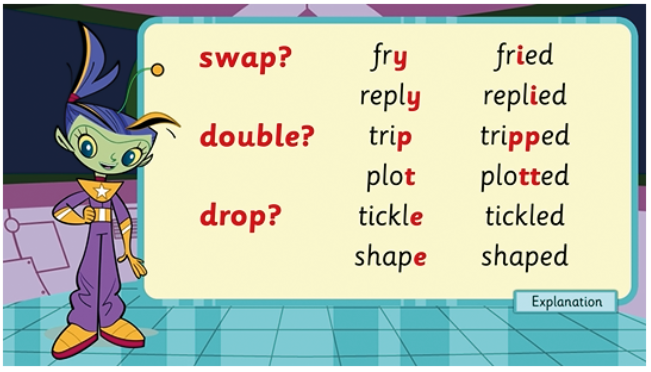
Who is it for?
Read Write Inc. spelling is for children in Years 2 to 6 (P3–7) who have completed Read Write Inc. Phonics and for children who have met the English National Curriculum expectations for reading in Year 2.
Direct Teaching
Children learn the routines and behaviours necessary for each activity, and practise these until they use them automatically. This allows them to focus on what matters most: learning to spell.
Direct teaching underpins the programme. Spelling is taught cumulatively and systematically, with deliberate, focused practice. We know that constant revision and revisiting helps our children to be confident spellers!
What are children taught?
Did you know that English is one of the most complex alphabetic code in the world, with its 150 spellings of 44 speech sounds?
The spelling programme:
- Builds upon teaching strategies and spelling activities from Read Write Inc. Phonics.
- Is organised in daily, 15-minute well-paced lessons
- Provides plenty of writing practice, with a clear record of children’s progress
The programme also makes learning to spell enjoyable for children. Aliens from a spelling planet introduce spelling rules and concepts.
It includes all the spelling requirements of the English National Curriculum Years 2 to 6, and also revises spelling taught in Year 1.
Key Stage 2 Phonics
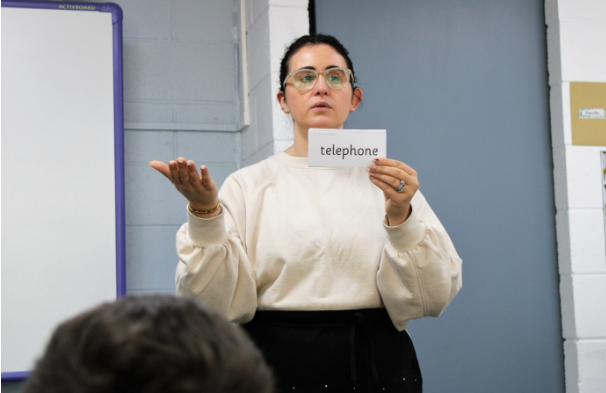
Why do we teach it?
We know that all teachers should be teachers of reading. All teachers, from Reception to Sixth Form, should be working to help strengthen the reading fluency of our children. In Key Stage 2 we continue to teach the ‘speed sounds’ so that our children can apply these to multi-syllabic words.
Why do we want our children to be fluent with multi-syllabic words?
1. It helps with reading
As children progress through primary school, the curriculum includes longer and longer words. By the time they get to secondary school, many of the subject specific words have 2, 3 or 4 syllables and children who cannot break them up will have difficulty reading them. In short: not being able to read multisyllabic words means children cannot access the curriculum independently.
2. It helps with spelling
Often, when children spell, they omit sounds within syllables or even whole syllables within words. Not knowing how to spell long words often limits pupils’ written language. Why risk spelling the word ‘enormous’ if you can get away with ‘big’?
When children are taught to break up long words, they are more likely to be able to reassemble them in the correct order with the correct sounds and spellings. They will attempt to use longer, more interesting words in their writing.
3. It helps with comprehension
Being able to split multisyllabic words helps pupil identify root words, prefixes and suffixes. Once they have learned the meaning of common prefixes, and the root word they can use this knowledge and apply it to unfamiliar words they encounter. They have a good chance of figuring out the meaning of new multisyllabic word.
Which sounds and multi-syllabic words do we teach?
- Teach all of set 2 and set 3 sounds (until there are no gaps)
- Apply these sounds to set 2 and 3 multi-syllabic words (from RWI)
You should also teach words from:
- The Year 3 and 4/5 and 6 common spelling patterns
- The Common Exception Words (Year 3 and 4, 5 and 6)
- Topic words from the texts you use for guided reading
Punctuation and Grammar
Recent DfE research shows that contextualising grammar teaching within topics
helps pupils make better links to their own writing.
We know that:
- Effective learning of grammar and punctuation achieved through ‘doing’; the more practice, games and investigations our pupils play, the more they understand and retain.
- Teaching punctuation and grammar across the curriculum subjects ensures that knowledge is embedded and secure.
- Correct terminology is vital! Our teachers consistently model language and concepts so that pupils know how to use Standard English correctly.
